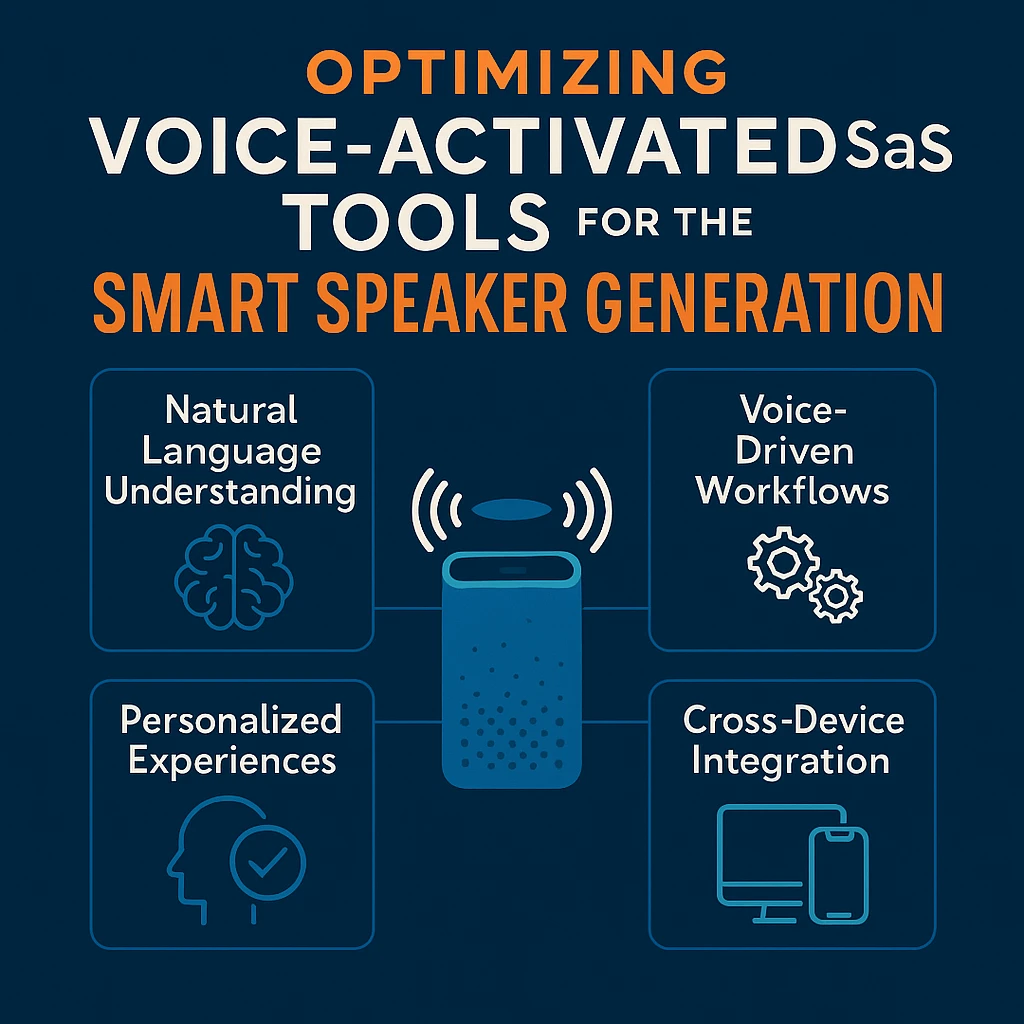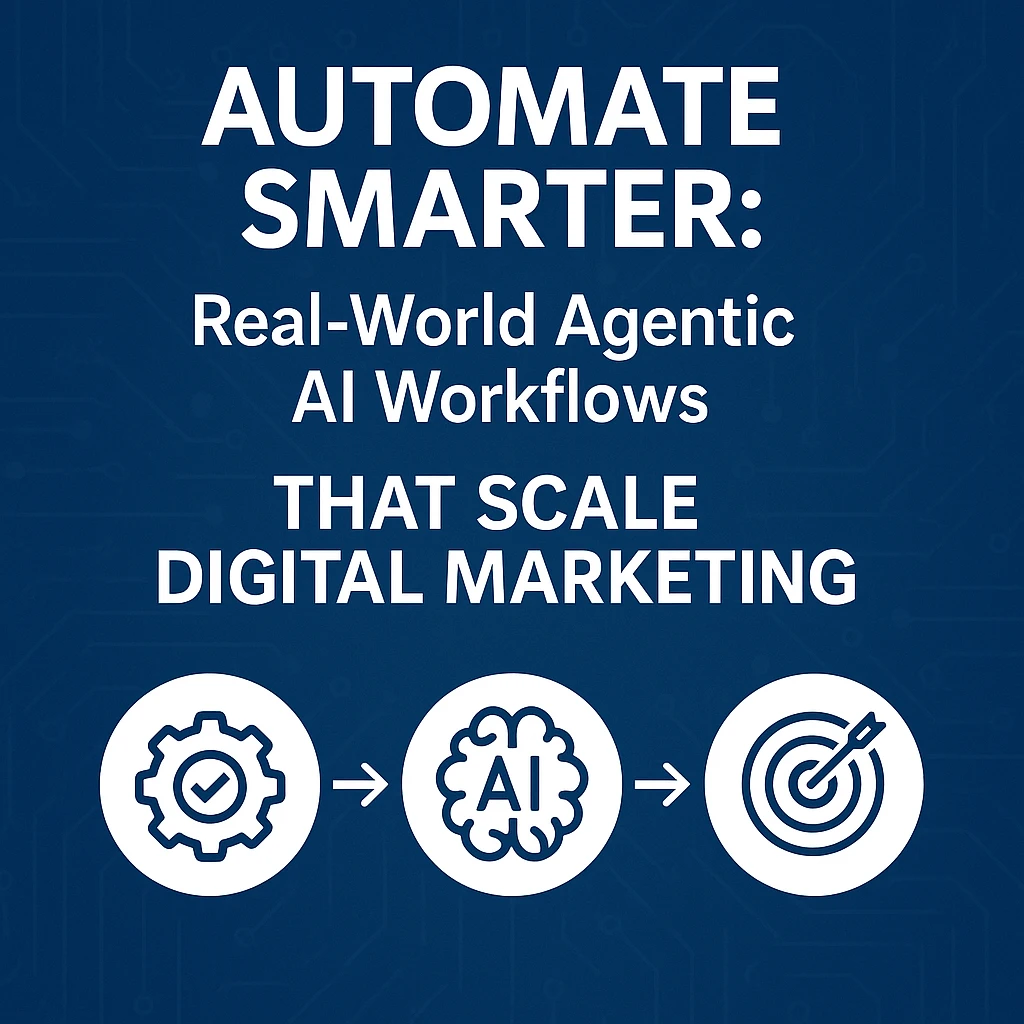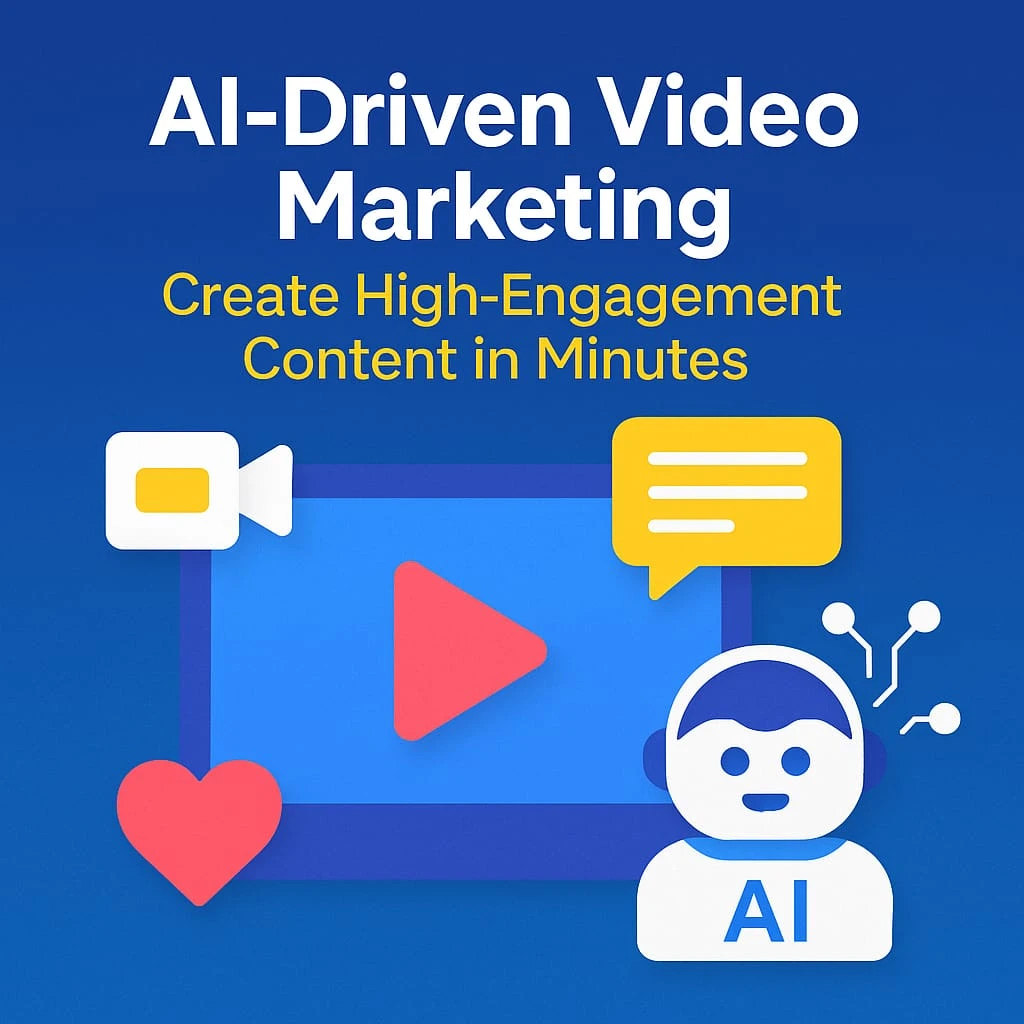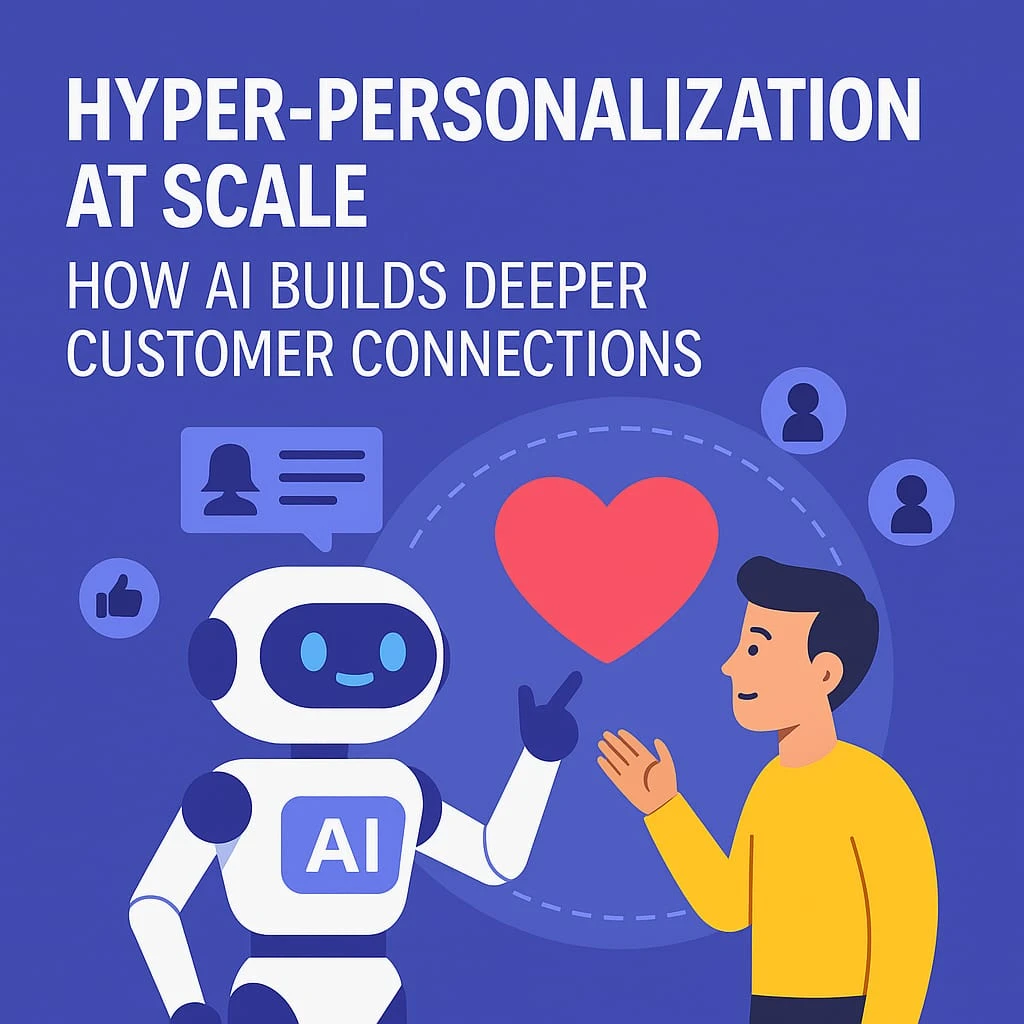Introduction: The Voice Revolution Is Here
The way we interact with technology is evolving. From typing commands to speaking naturally, users now expect seamless, voice-driven experiences. With smart speakers like Amazon Alexa, Google Home, and Apple HomePod penetrating millions of homes and offices, businesses that fail to optimize for voice risk losing customers to more innovative competitors. This shift isn’t limited to consumer applications—SaaS platforms are joining the voice-first movement. Voice activation is no longer a “cool feature”; it’s becoming a must-have for productivity, accessibility, and competitive advantage. At NextGenAIWorks, we believe voice-driven SaaS experiences represent the future of work, and in this article, we’ll explore why voice is critical for SaaS, the challenges businesses face, and how to optimize your SaaS tools for the smart speaker generation.
Why Voice-First SaaS Is the Next Big Opportunity
Voice commands simplify workflows by allowing users to execute tasks faster without switching screens or typing commands. Imagine saying:
-
“Generate today’s sales report”
-
“Add John to the CRM with his email”
-
“Schedule a client meeting for Monday at 3 PM”
Voice-driven SaaS isn’t just about speed; it’s about contextual convenience. With hybrid work becoming the norm, hands-free functionality empowers teams working across devices and environments.
Industry Stats That Prove the Trend:
-
By 2026, 55% of businesses will integrate voice into workplace tools (Gartner).
-
72% of professionals say voice commands improve productivity in multitasking environments.
-
Voice commerce and B2B voice integrations are expected to hit $80 billion by 2028.
Voice-driven SaaS is not optional—it’s mission-critical for companies that want to stay ahead in user experience (UX) and automation trends.
Core Benefits of Voice-Activated SaaS Tools
-
Faster Task Execution: Complete complex actions like updating CRM, sending reports, or pulling analytics instantly.
-
Accessibility for All: Voice opens SaaS tools to users with visual or physical impairments.
-
Hands-Free Productivity: Perfect for sales teams, remote workers, and on-the-go professionals.
-
Personalized User Journeys: Voice assistants powered by AI can tailor responses to user context and preferences.
Want to make your SaaS application voice-ready? Check out our AI-Powered App Development Services.
Top Challenges in Voice Optimization (and How to Overcome Them)
Challenge 1: Natural Language Understanding (NLU)
Users speak differently than they type, which means your system needs robust NLP capabilities.
Solution: Implement AI-driven NLU engines that can process context, slang, and varied commands.
Challenge 2: Data Security & Privacy
Voice inputs often involve sensitive data.
Solution: Use encrypted voice data pipelines, compliance frameworks like GDPR, and secure authentication protocols.
Challenge 3: Cross-Device Integration
Your SaaS tool needs to work seamlessly across smart speakers, mobile apps, and web platforms.
Solution: Develop APIs for Alexa Skills, Google Actions, and integrate with native voice SDKs.
How to Optimize SaaS Tools for the Voice Era
1. Implement Advanced NLP and Conversational AI
Use AI to interpret user intent and provide context-aware responses. Leverage Agentic AI to make proactive suggestions. Related Reading: How Agentic AI Is Transforming SaaS Workflow Automation.
2. Enable Voice-Driven Analytics and Reporting
Allow users to ask for KPIs, performance dashboards, or revenue forecasts using simple voice commands. Example: “What was last month’s MRR?”
3. Integrate Voice for Customer Support Automation
Combine voice bots with SaaS helpdesk tools for 24/7 conversational support. Related Blog: Leveraging AI Chatbots for 24/7 Customer Support in SaaS.
4. Prioritize Voice SEO for SaaS Landing Pages
Optimize content for voice queries like “best SaaS automation tool for small businesses” because voice search patterns differ from typed searches.
5. Personalize User Journeys with Predictive Analytics
Combine voice commands with AI-powered insights to recommend actions dynamically. For instance, after asking for analytics, the system could suggest, “Would you like me to schedule a strategy call?”
Industry Examples of Voice-Activated SaaS
-
Real Estate SaaS: Agents can schedule property tours, update CRM, or send follow-up emails—all by voice.
-
FinTech SaaS: Portfolio tracking, transaction alerts, and loan approvals initiated by simple commands.
-
Travel SaaS: Book flights, generate itineraries, or handle cancellations without lifting a finger.
-
Legal SaaS: Lawyers can dictate case summaries or fetch precedents instantly via voice-enabled dashboards.
Want to see what these solutions look like? Explore our Portfolio.
Key Takeaways
-
Voice-activated SaaS tools are not a trend—they’re the future of user interaction.
-
AI + Voice Integration improves productivity, accessibility, and engagement across industries.
-
To succeed, SaaS companies must invest in NLP, multi-device integrations, and secure voice data handling.
-
Voice optimization paired with predictive analytics and automation will set the leaders apart from the laggards.
Ready to Voice-Enable Your SaaS Platform?
At NextGenAIWorks, we specialize in AI-driven SaaS innovations, including voice integration, predictive analytics, and workflow automation.
📞 Let’s make your SaaS platform future-ready today!
👉 Book a Free Consultation or explore our Voice-Ready SaaS Services.





Comments: